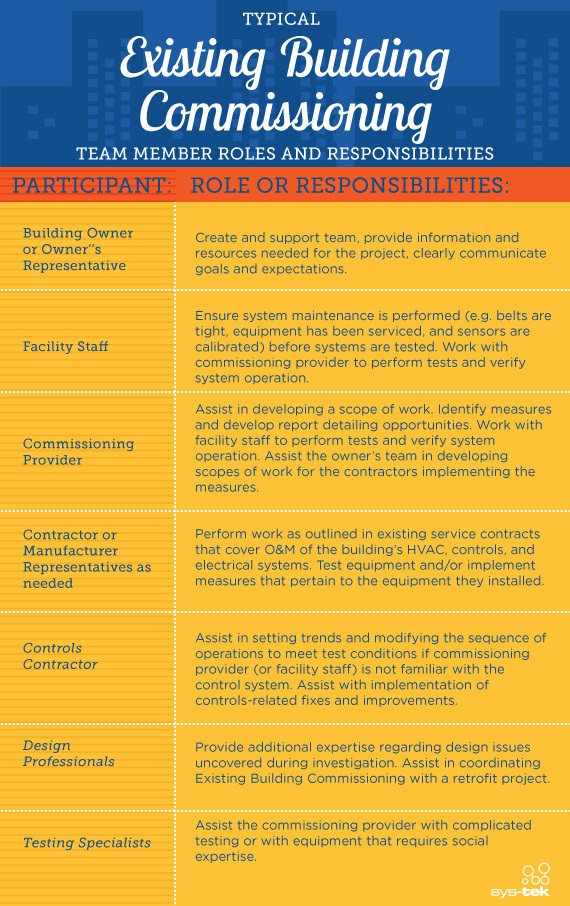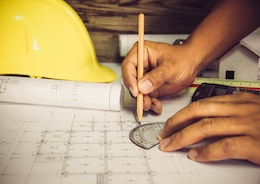Benefits of retro-commissioning go beyond energy costs
Jul 26, 2013
While energy costs are typically the driving factor of a retro-commissioning project, building owners should be aware that the average retro-commissioning project delivers several additional benefits that should not be overlooked.
In addition to reducing energy use, cutting energy costs, and reducing a facility’s carbon footprint, retro-commissioning also:
- Extends the life of building equipment
- Reduces maintenance costs
- Improves indoor air quality
- Improves employee comfort and productivity
Although these additional benefits may not translate into direct monetary paybacks, they do yield related cost savings. The dollar value of non-energy benefits can offset the cost of a retro-commissioning project by 50 percent, according to a 2004 report titled The Cost-Effectiveness of Commercial-Buildings Commissioning.
Researchers from Lawrence Berkeley National Laboratory found that more than half of building owners reported retro-commissioning benefits that went beyond energy costs. The most common of these benefits were improved increased occupant comfort and longer equipment life. Other benefits following retro-commissioning included improved indoor air quality, improved productivity and/or safety or workers, reduced labor costs, fewer warranty claims or change orders, and reduced liability.
The value of these non-energy savings ranged from $0.10 to $0.45 per square foot, with an average value of $0.18 per square foot, or an average of $17,000 per retro-commissioning project.








